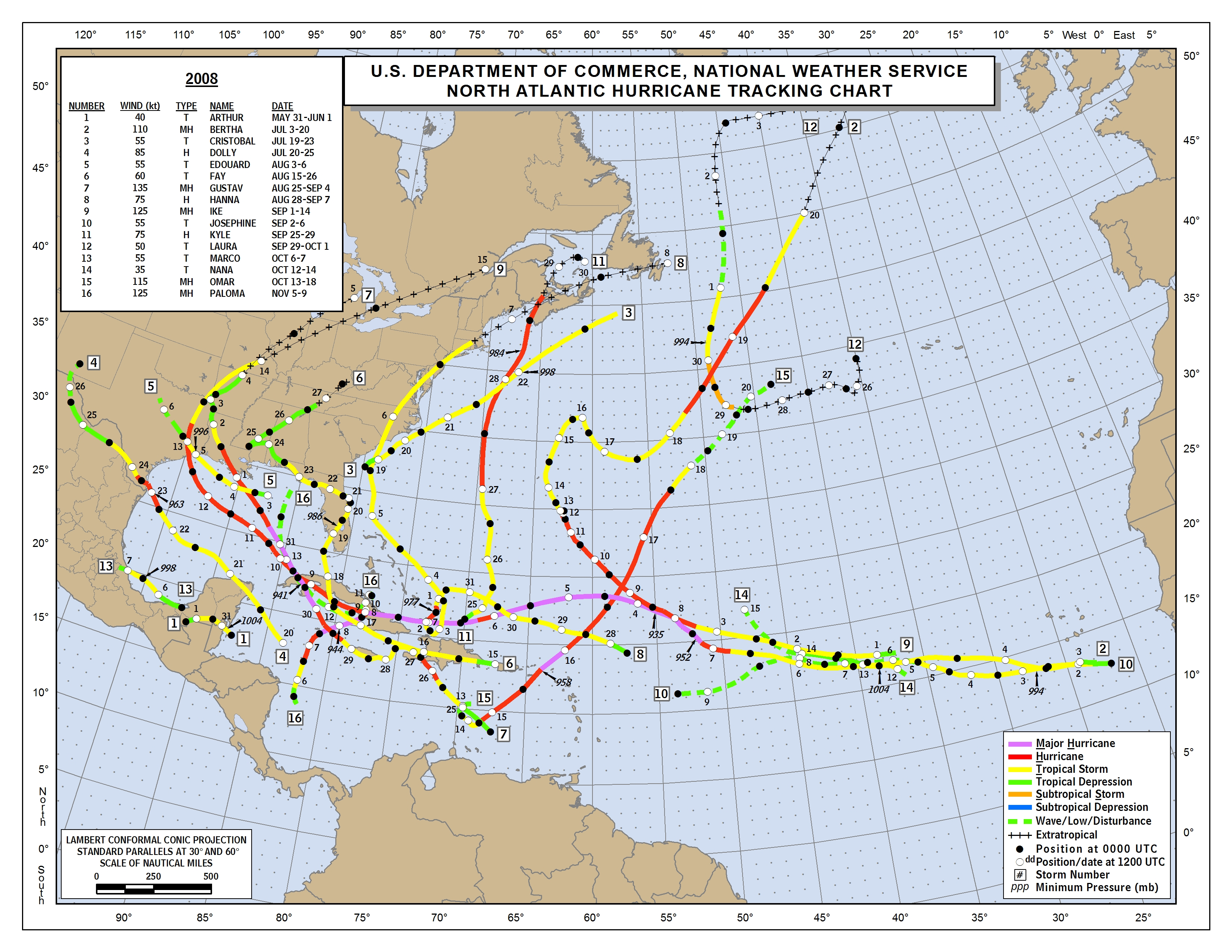

The eye made landfall in Cudjoe Key as a 130 mph Category 4 at 9:10am. On Sunday morning, September 10 th, Irma strengthened to a Category 4 hurricane as it accelerated toward the Florida Keys. Interaction with land caused Irma to weaken from a Category 5 to a Category 3 before it began to pull away from the northern coast of Cuba late Saturday afternoon. From Friday evening September 8 th through Saturday afternoon September 9 th, Irma moved along the northern coast of Cuba.

Still a Category 5, Irma impacted portions of the Turks and Caicos Islands and the southeast Bahamas. Hurricane conditions did occur on Puerto Rico’s northeastern coast. Thomas, Puerto Rico was largely spared as the center passed about 45 miles north of San Juan. That afternoon, Irma cut a path directly through the British Virgin Islands. Martin, still with 185 mph winds, while the northern eyewall pounded Anguilla. Five hours later, the eye of Irma moved over St. Irma continued to gradually strengthen over the next several days as it tracked generally westward across the tropical Atlantic. By the time Hurricane Irma struck Barbuda in the northern Leeward Islands around 2am on Wednesday, September 6 th, it was a Category 5 hurricane with 185 mph winds. Hurricane Irma formed from an African Easterly Wave, more commonly known as tropical waves. It became a tropical storm on August 30 th about 420 miles west of the Cabo Verde Islands in the far eastern tropical Atlantic Ocean, and quickly attained hurricane status on August 31st while still in the far eastern Atlantic about 650 miles west of the Cabo Verde Islands. For official, certified storm data, please refer to the StormData publication and/or contact National Centers for Environmental Information (NCEI). NOTE: data in this report comes from a variety of sources, including the National Hurricane Center, NWS and private-sector weather-recording instruments, NWS storm surveys and subsequent post-analysis, media reports, and damage assessment information gathered by local emergency managers. (pictures courtesy NWS Miami Storm Survey Team) Then it’s flat out through Canteen Corner into the Sweeper leading onto the main straight to finish the lap.Boat washed ashore in Coconut Grove by storm surge Wind damage in Orange Tree (Collier County) Out of Dipper, it’s uphill on the back straight and another passing opportunity into the Esses. If you wait until he moves across, you can lose momentum, which will not only compromise your ability to pass, but also leave you vulnerable if there a fast guy behind you. If you make a move to the right early, you can get run off the side of the track as the other kart moves across. The kink in the middle straight can complicate things if you’re looking to overtake. The last right is a tight turn and exits onto the run down to the Dipper. Skating around here, just after you straighten the wheel, you’re on the brakes and into Tower and the left-right-right combo. It’s the most exhilarating corner in either direction. It’s also easy to overcook this corner and drift off the track into the kitty litter. Otherwise, he’ll chop you off and it will end in tears for both of you. To make a pass, you must get your kart right next to the other driver’s to make sure he can see you. Instead of a sweeper, you’re faced with a sharp left. In this direction, overtaking at the end of the main straight is fraught. Most people will agree, however, that there are less overtaking opportunities.

Usually once or twice a year, clubruns run anticlockwise, generally around the middle of the year.Īnticlockwise is a slower direction, although how much slower depends on who’s telling the story.
#HURRICANE TRACKMAP FULL#
One final right turn at full noise leads back onto the start/finish straight. The last of these, Tower Turn, is very important to get right, as the exit from this determines your terminal speed on the main straight. It’s a definite overtaking opportunity, but if you overcook it going in, you’ll get stung by a crossover on the way out.įrom here, it’s normally follow-the-leader through a left-right-right combination joined by tiny little straights. This is the heaviest braking on the circuit. The exit from here is important, because it can set you up down the short back straight for a passing manoeuvre into Dipper (aka Sniper or Snake Pit), or leave you vulnerable to attack at the same corner.Įxiting Dipper is a fast run along the middle straight (which isn’t straight) to the Bus Stop (aka Hairpin, which isn’t a hairpin). Starting on the main straight (heading north), the first corner is a fast sweeper which exits onto Canteen Corner, then a short run to the Esses (also known as the Flip Flop). Here’s stuff to help you get to know the track.


 0 kommentar(er)
0 kommentar(er)
